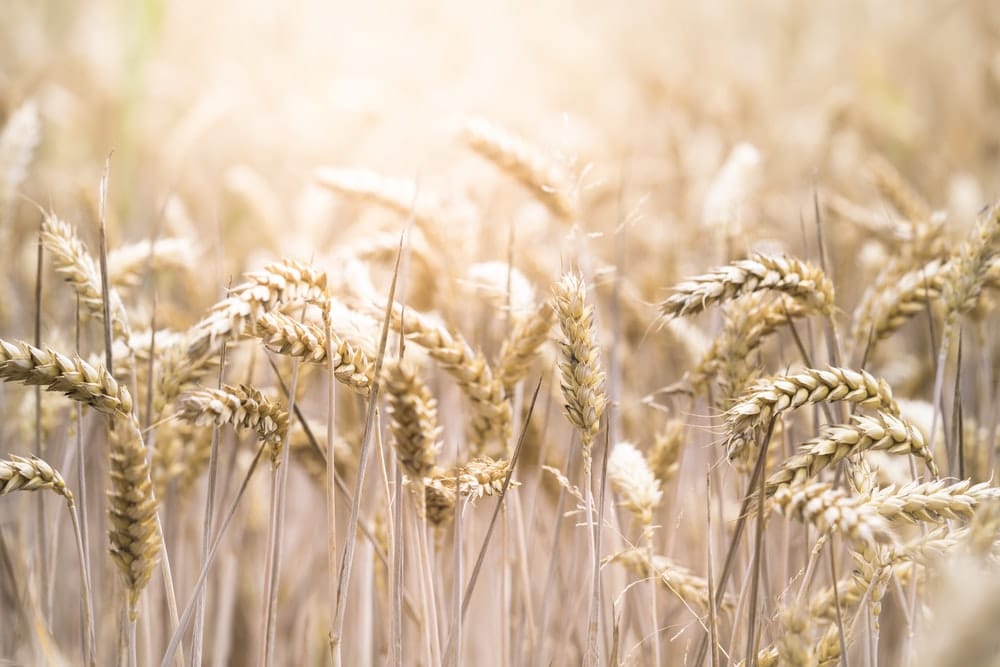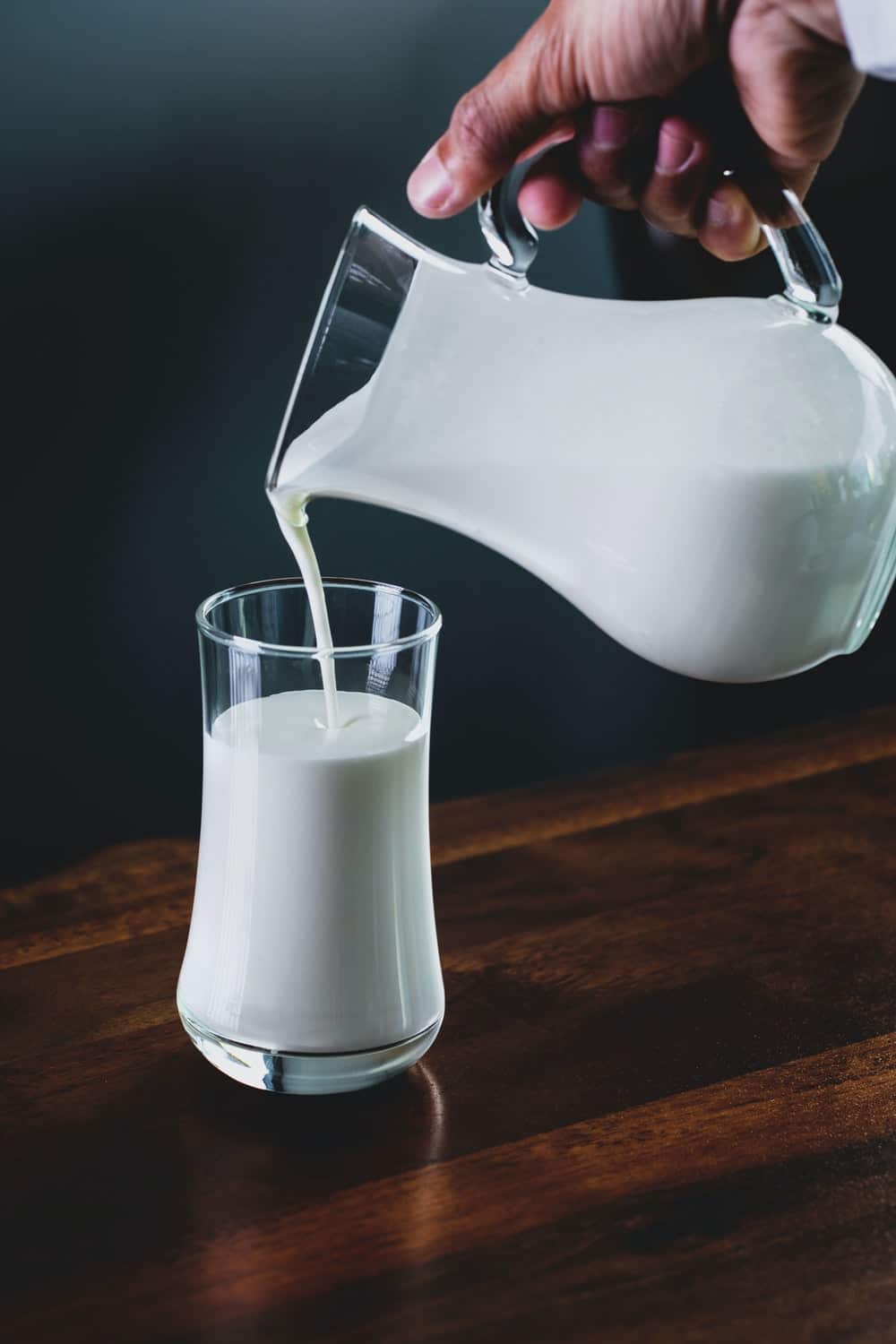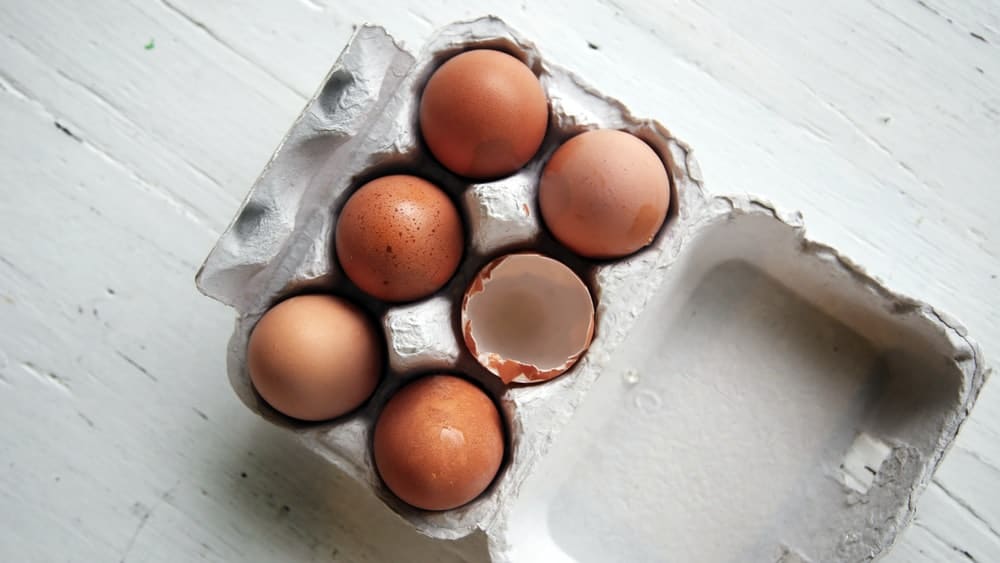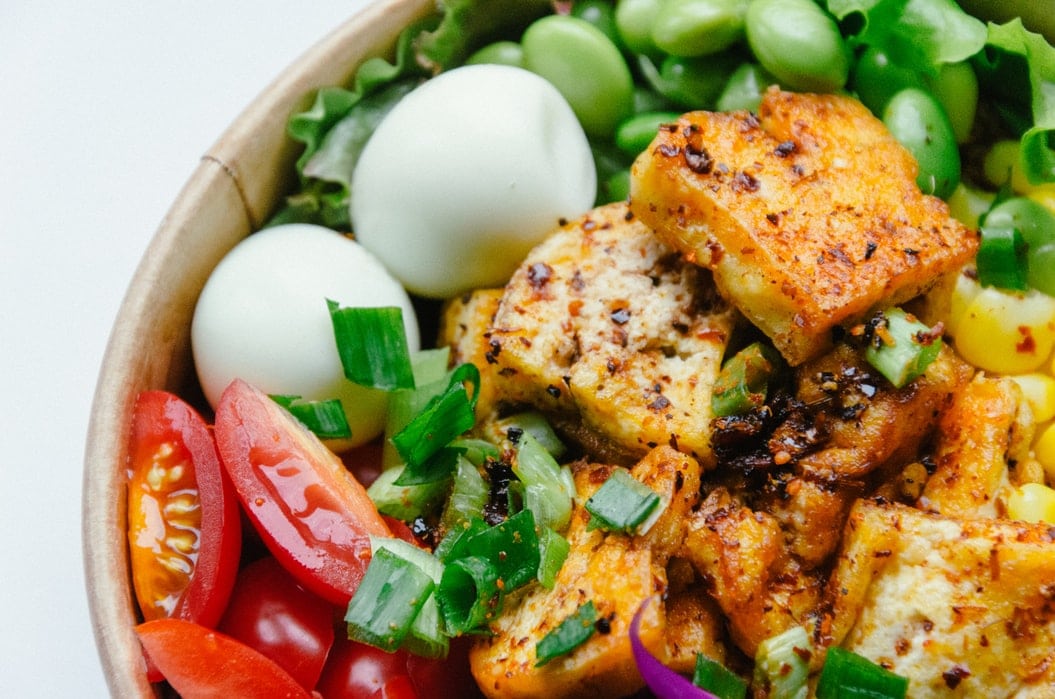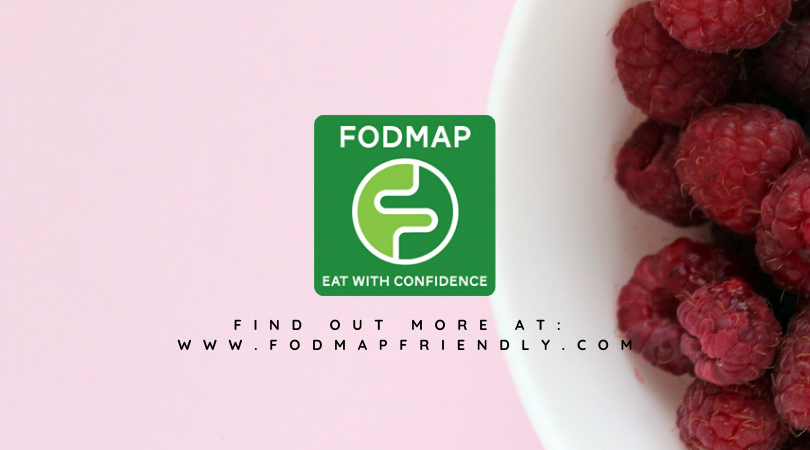5 Nutrients You Might Be Missing On The Low FODMAP Diet
Posted on May 27, 2020
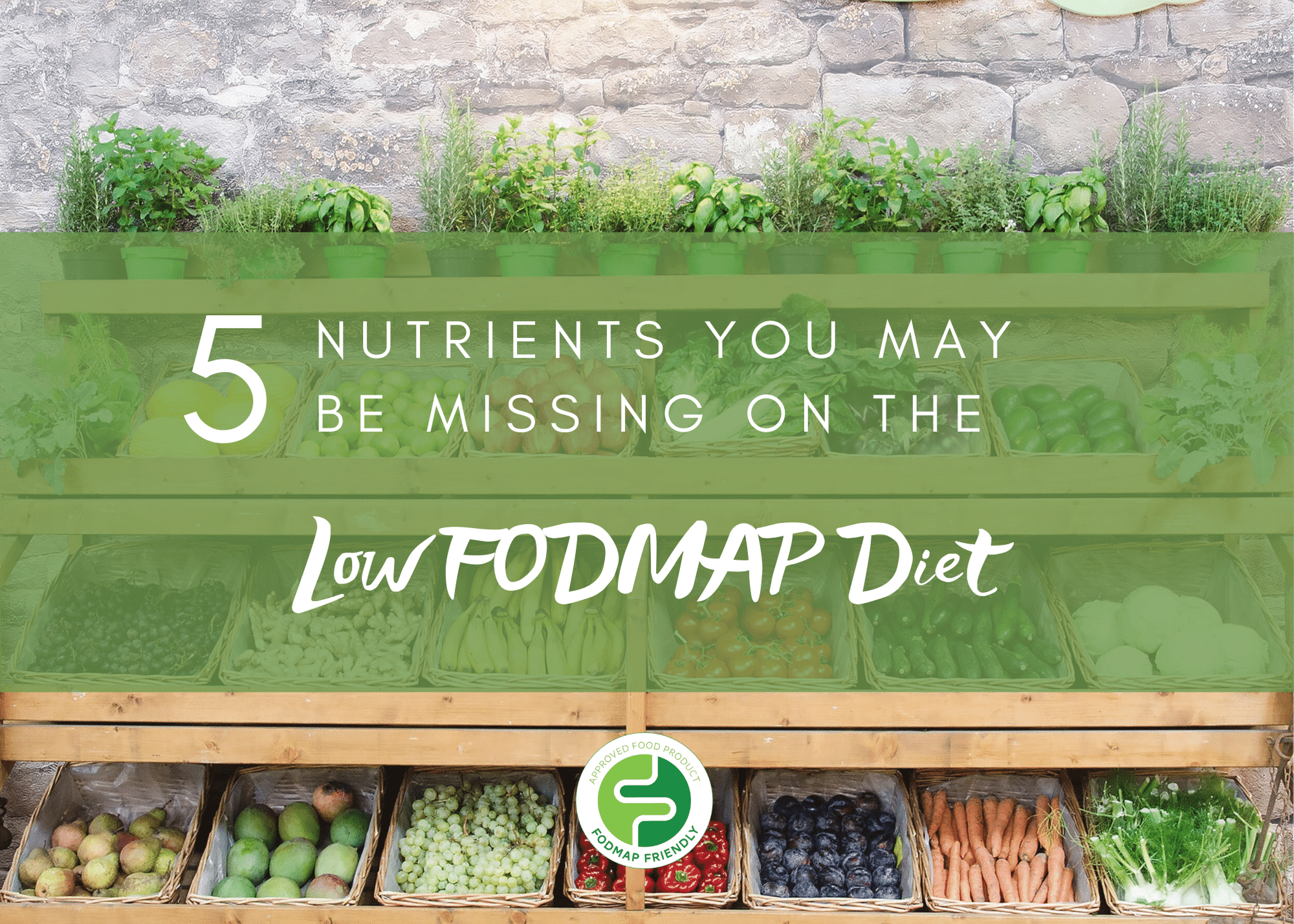
The low FODMAP diet involves avoiding a range of foods from your diet that are high in FODMAPs, some of which are healthy and nutrient-dense, such as high FODMAP fruits and vegetables. The low FODMAP diet is restrictive in nature and can lead to a higher risk of developing nutritional deficiencies.
The three phases of the low FODMAP diet has been designed to minimise unnecessary restrictions of food, by challenging foods to identify your personal triggers. The low FODMAP diet should be completed with a FODMAP trained dietitian to ensure that you are not eliminating more foods than necessary. It is important to identify your individual triggers to prevent long-term avoidance of food groups that are not your triggers. Your dietitian will provide advice on how to increase the variety of foods in your diet and reduce your risk of developing a nutritional deficiencies.
What nutrients are at risk when following the low FODMAP diet?
1. Fibre
Fibre is an essential part of a healthy diet as it promotes regular bowel movements and helps you to feel fuller after eating. Dietary fibre can also help reduce the risk of type 2 diabetes, bowel cancer and heart disease. There are three types of fibre that should be included in your diet. If you are having a range of fruits, vegetables, nuts/seeds and grains you are likely to be eating all three types of fibre.
Insoluble Fibre: this type of fibre is not broken down in the digestion process and does not dissolve in water. It helps make up the bulk of stool and increases bowel movements, therefore assisting with constipation.
Low FODMAP sources of insoluble fibre include:
- Nuts: almonds, brazil nuts, pecans, walnuts
- Fruit: grapes, strawberries, blueberries, pineapple, raspberries
- Vegetables: potato with skin, carrot with skin, cucumber, lentils (drained and rinsed), kale, eggplant, green beans, broccoli, capsicum, cos lettuce, iceberg lettuce, sweet potato, radish, snow peas, spinach, taro
- Grains: brown rice, amaranth, quinoa, FODMAP Friendly certified gluten free multigrain bread, oats, gluten free pasta made from brown rice, sorghum, FODMAP Friendly certified spelt sourdough bread, teff
Soluble Fibre: this type of fibre dissolves in water to form a gel. This can thicken and soften the stool and soften to help with constipation. Low FODMAP sources of soluble fibre include:
- Fruit: strawberries, raspberries, kiwi fruit, firm banana, blueberries, grapefruit, orange, mandarin, lime
- Vegetables: avocado, broccoli, brussels sprouts, cabbage, capsicum, carrot, celery, eggplant, green beans, okra, potato, sweet potato, pumpkin, radish, snow peas
- Grains: oats, white rice
Resistant Starch: this is a type of fibre that is not absorbed in the small intestine, so it travels through to the large intestine. Prebiotics are a type of resistant starch that is fermented by bacteria in the large intestine. Prebiotics differ to other carbohydrates that ferment in the gut as prebiotics stimulate the growth of good bacteria, which are important for maintaining a healthy digestive system. However, prebiotics include fructans and galacto-oligosaccharides, which are FODMAPs. So it is important to include sources of low FODMAP resistant starch in the diet to ensure you are encouraging the growth of good bacteria. Some low FODMAP resistant starch foods include:
- Fruit: firm banana
- Vegetables: lentils
- Grains: oats, hi-maize resistant starch
2. Calcium
Calcium is an essential nutrient for the body as it helps to maintain strong bones and teeth, and is involved in muscle contractions, maintaining fluid balance in the body and maintaining your heart beat. Adequate calcium in the diet has a role in the prevention of osteoporosis later in life. Calcium is naturally occurring in animal-based dairy products, and is also added to some plant-based dairy products. However, ome dairy products including milk, sour cream and natural yoghurt are high FODMAP foods. Low FODMAP foods containing calcium include:
- Milks: lactose free milk, rice milk*, soy milk* (from soy protein), almond milk*
- Cheeses: Colby cheese, cottage cheese, feta cheese, mozzarella cheese, swiss cheese, tasty cheese, vegan cheese (not soy based*), goat’s cheese
- Yoghurt: Greek yoghurt, lactose free yoghurt
* These foods do not naturally contain calcium. Check the label to make sure they are fortified with calcium.
3. Protein
Protein is an important nutrient for maintaining your muscle mass and repairing tissues in the body. It is also used in the synthesis of muscle, bone, blood, skin, enzymes and hormones. Animal sources of protein are known as ‘complete protein’ because they contain all 9 essential amino acids. In comparison, most plant sources of protein are incomplete proteins, so make sure to have a range of plant protein sources if you follow a vegetarian or vegan diet. Hemp, chia seeds and quinoa are great sources of low FODMAP, complete plant protein sources. You can also pair incomplete plant protein sources together to receive all the essential amino acids such as pairing legumes and wholegrains, or nuts/seeds with wholegrains.
All plain meats (without high FODMAP seasoning) and eggs are low in FODMAPs. Those on a vegetarian or vegan diet have an increased risk of protein deficiency due to limited plant protein sources. Plant protein sources typically contain fewer grams of protein compared to animal protein sources. It is vital to include low FODMAP protein sources when on the low FODMAP diet including:
- Plant sources: lentils drained and rinsed, firm tofu, almond milk, soy milk (from soy protein), rice milk (note: look for milk products with a higher protein content or fortified with protein), peanuts, almonds, quinoa, teff, spelt, chia, hemp
- Animal sources: all plain meats (note: flavoured meats may have high FODMAP flavourings on them so check the ingredients list), eggs, lactose free milk, cheeses (see above), Greek yoghurt, lactose free yoghurt
4. Iron
Iron is an element that is required for DNA synthesis, and for red blood cells to transport oxygen around the body. A deficiency in iron can cause fatigue and tiredness. Haem iron is the type of iron in animal foods and is well absorbed by the body. Non-haem iron is the type of iron in plant foods but is not as effectively absorbed by the body. A vegan diet can lead to limited dietary sources of iron, and plant sources of iron are often poorly absorbed. If you are following a vegan diet, make sure to check with your doctor or dietitian to determine if you would benefit from an iron supplement. Low FODMAP sources of iron include:
- Animal sources (haem iron): beef, lamb, veal, pork, bacon, eggs, chicken, fish, ham (note: only plain meats without flavouring are low FODMAP, make sure to check the label of flavoured meats)
- Plant sources (non-haem iron): lentils drained and rinsed, firm tofu, spinach, kale, almonds, oats, quinoa, brown rice, amaranth
5. Vitamin B12
Vitamin B12 is an essential water-soluble vitamin that is necessary for red blood cell production, which are the cells necessary for transporting oxygen around the body. This vitamin is also used in DNA synthesis and proper nerve function. A deficiency of vitamin B12 can result in megoblastic anaemia, which is a condition where the body does not produce enough red blood cells. This results in a lack of energy and feeling weak.
Vitamin B12 is mostly found in meat products, so a deficiency in vitamin B12 is more likely if you are following a vegan or vegetarian diet. Some plant sources do contain vitamin B12, but in smaller quantities than plant sources. Dairy based milk and cheese also contains vitamin B12, however, if you are on a vegan diet it may be difficult to meet your requirements. If you are a vegan or vegetarian make sure to ask your doctor or dietitian if you require a Vitamin B12 supplement. Low FODMAP Vitamin B12 sources include:
- Animal sources: plain meat (make sure it is not seasoned with high FODMAP ingredients), poultry, fish, egg, sardines, dairy-based lactose-free milk, dairy-based cheese
- Plant sources: nutritional yeast, tempeh, fortified almond, rice or soy (from soy protein) milk (note: plant-based milks do not naturally contain vitamin B12 so look for a product fortified with vitamin B12)
What should I do now?
If you are concerned about any of these nutritional deficiencies while on the low FODMAP diet, make sure to discuss this with your doctor and dietitian. Your dietitian can ensure you are eating a balanced diet with all of the core food groups. However, if you are on a vegan or vegetarian diet, or unlikely to meet your nutritional requirements through diet alone, your dietitian or doctor can recommend dietary advice or a suitable nutrition supplement to prevent you from nutritional deficiencies while following a low FODMAP diet.
References:
- S Eswaran, RD Dolan, SC Ball, K Jackson, W Chey: https://www.ncbi.nlm.nih.gov/pubmed/31103370
- Heidi Maria Staudacher: https://onlinelibrary.wiley.com/doi/full/10.1111/jgh.13688
- Monash University: https://www.monash.edu/medicine/ccs/gastroenterology/prebiotic/faq
- Grains and Legumes Nutrition Council: https://www.glnc.org.au/grains-2/grains-and-nutrition/cereal-fibre/
- Dietitian/ Nutritionists from the Nutrition Education Materials Online, “NEMO”, team https://www.health.qld.gov.au/__data/assets/pdf_file/0029/835634/gastro-fibre.pdf
- Heidi M Staudacher et al. : https://jandonline.org/article/S2212-2672(18)31829-X/fulltext
